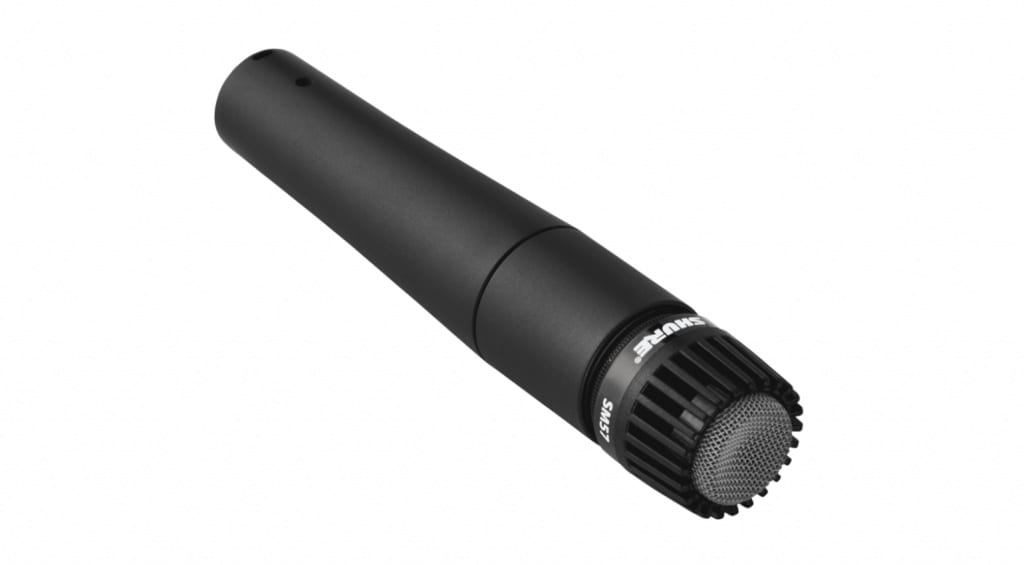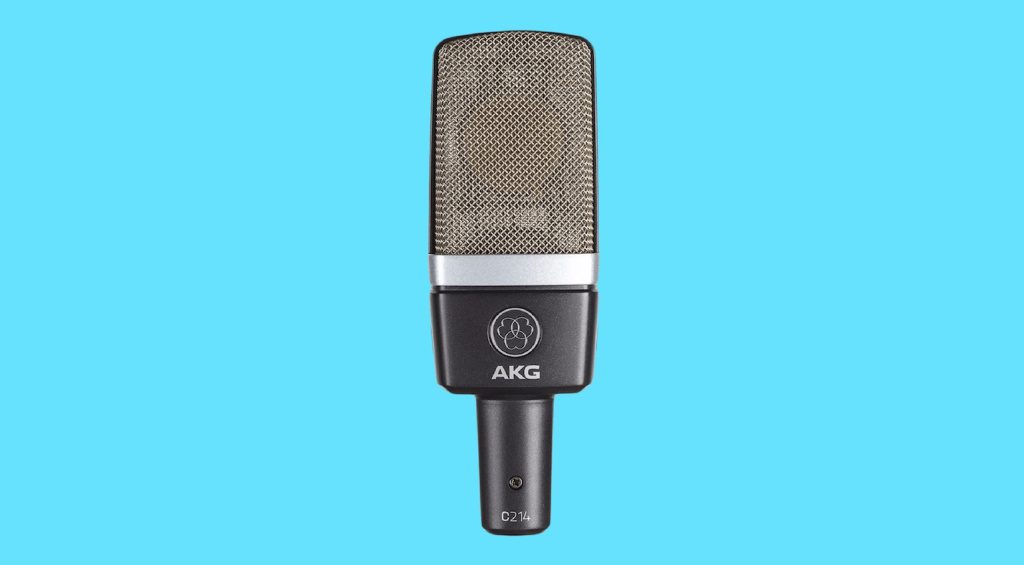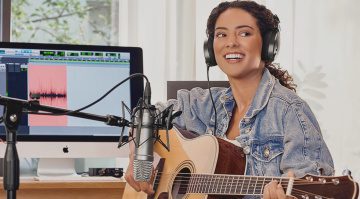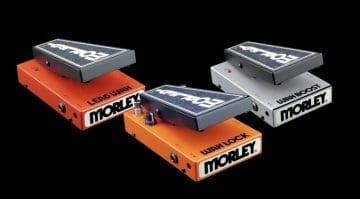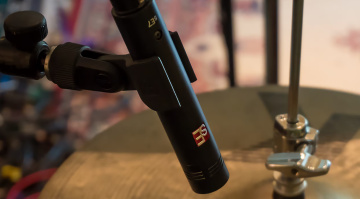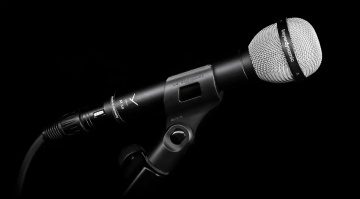The Twelfth Fret: How To Record Acoustic Guitar
Recording tips for getting a great acoustic guitar sound.
In this article, we discuss how to record acoustic guitar as well as the microphones, techniques, and post-production processes involved.
In this Article
Recording acoustic guitar at home can be a tricky business. With so many factors to worry about, it’s hard to know how to get started. While there aren’t any absolutes when it comes to recording, there are certainly some useful guidelines and methods that can help you get a decent sound.
In an ideal world, you’d have a gifted guitarist playing an amazing song on a quality acoustic in a great-sounding room. However, what do you do when this is not the case and one or more of these key puzzle pieces aren’t in place?
How To Record Acoustic Guitar
One of the most famous examples of a make-shift acoustic guitar recording was that of Kurt Cobain‘s thrift shop 5-string on Something In The Way. When things weren’t working in the live room, Kurt insisted that the song should be quieter and more intimate.
As he played the song through on the control room couch at Sound City, producer Butch Vig got the idea to grab a few mics and turn off the air-con. He then proceeded to build the song around this guitar and vocal performance that was neither in time nor in tune.
So what can we learn from this besides the fact that Butch Vig is a genius producer/engineer? For starters, capturing a performance is about serving the song, above all else. When dealing with tricky instruments like acoustic guitars, it often works better to structure your mix around it rather than forcing it into an existing arrangement.
That being said, the bright and jangly sound of acoustics was often used in the 1980s to make the chorus stand out. Bands like Erasure, Talk Talk, and Tears For Fears often used acoustic guitars as textural elements, as they cut through the mix so well.
- Check out our Sound-alike Series
How To Record Acoustic Guitar: Start with a Sweet-sounding Guitar
Your skater-punky sticker-laden acoustic guitar from the ’90s might still have sentimental value. Although, it won’t sound good on a record without Butch Vig and Sound City‘s room acoustics and outboard gear.
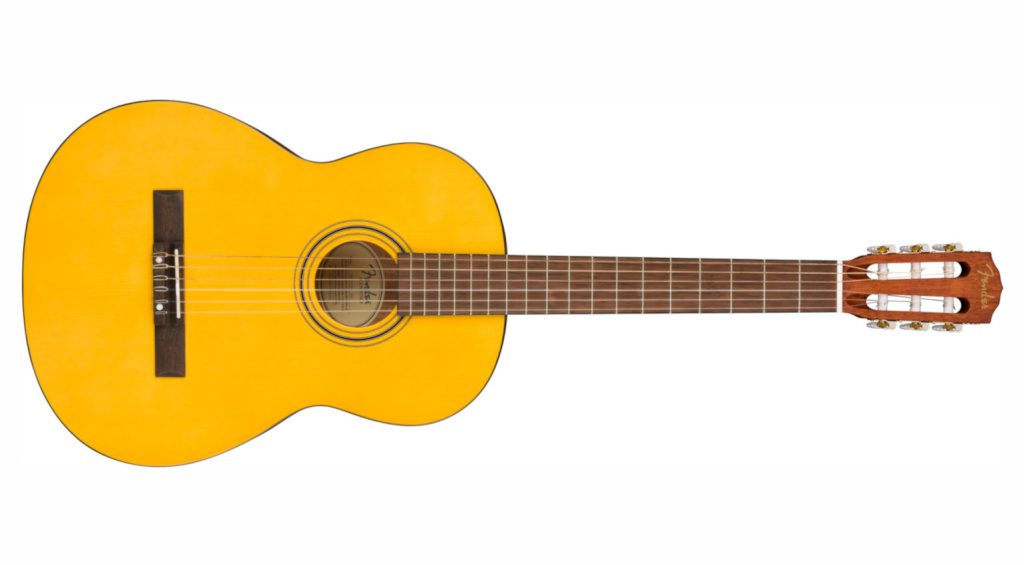
You can find great-sounding acoustics by Takamine, Martin, Taylor, Yamaha, Ibanez, Gibson, and Fender. However, if you aren’t planning to outlay on a new acoustic, then at least treat your trusty acoustic to some new strings.
Once you’ve tuned up, seat yourself in a comfortable position facing the center of the room. Always start recording immediately, as you never know what magic could happen in the first few takes.

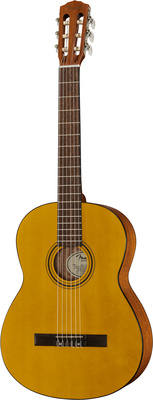

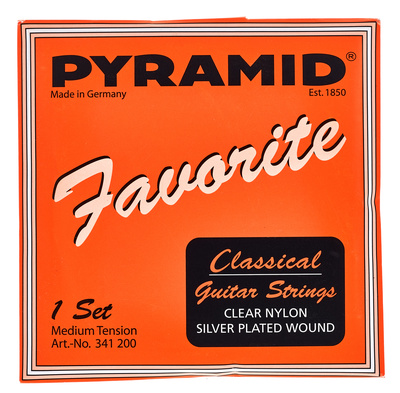

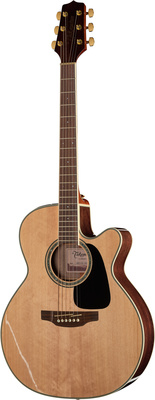

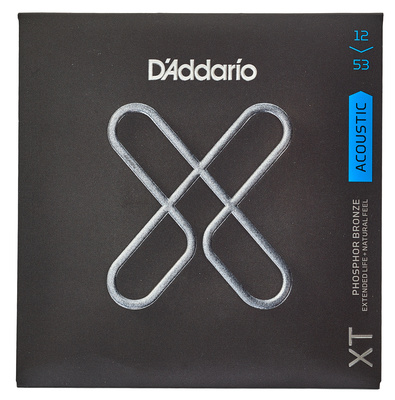
How To Record Acoustic Guitar: Which Mic Should You Use?
As a general rule, mics that sound great on vocals will also work wonders when capturing acoustic guitar. Although, the room you choose to record in is a major consideration here.
If you’re recording in a problematic room, using a dynamic mic like the Shure SM57 or the SM7B is the best choice. However, keep in mind that you’ll need a dedicated mic preamp to capture really dynamic performances.
If you’re lucky enough to have a room without harsh reflectivity or background noise, a condenser mic is your best bet. Mics like the RODE NT1A or the AKG C214 are great choices for brilliantly detailed acoustic guitar recordings.



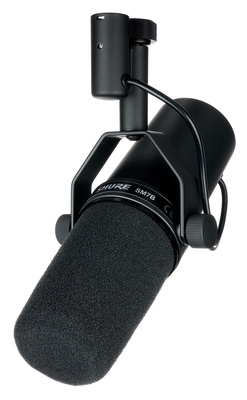

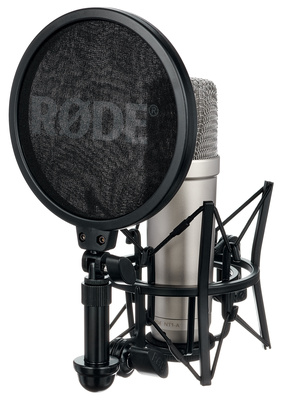

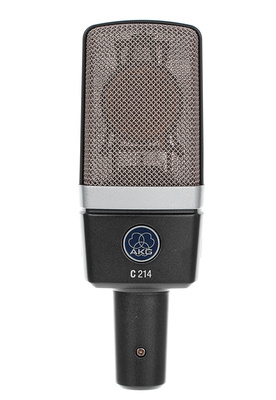
How To Record Acoustic Guitar: Using Multiple Mics
In larger rooms with favourable acoustics, you can implement techniques with multiple mics. This is particularly effective when you are going for realism, natural reverb, and the acoustic guitar is the centerpiece of the track or even a solo instrument.
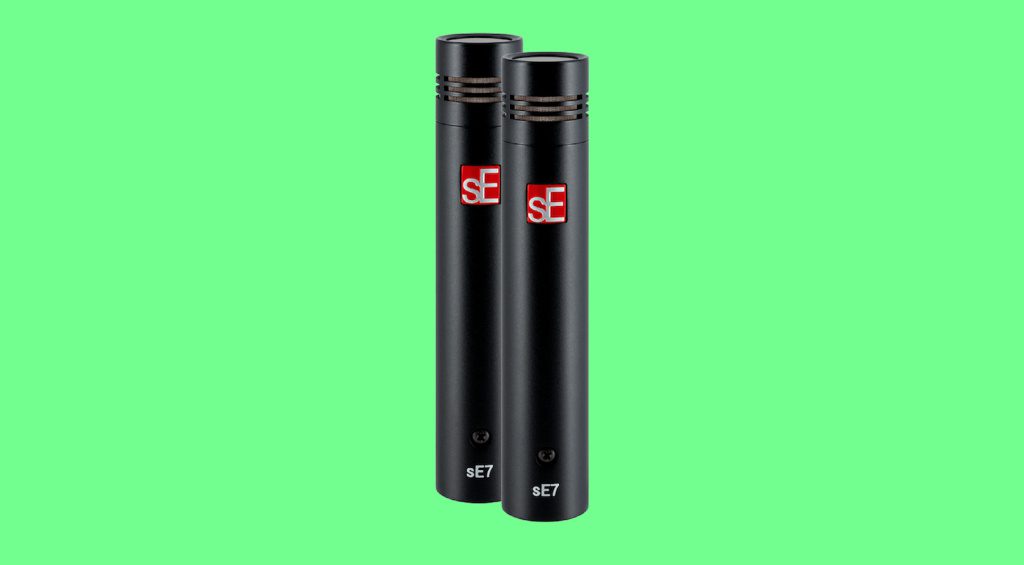
Spaced Cardioid, XY, AB, ORTF, and Mid-Side are all techniques that can achieve good results when capturing acoustic guitar. Remember, that stereo miking doesn’t guarantee a big stereo sound in the mix.
If you’re looking to create big stereo guitar chords, two separate mono guitar takes panned hard left and right will get you a bigger sound if you get the timing just right. The Haas effect you’re seeking happens when takes are between 30-40 milliseconds apart.

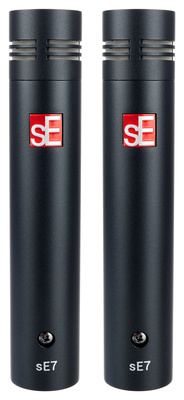

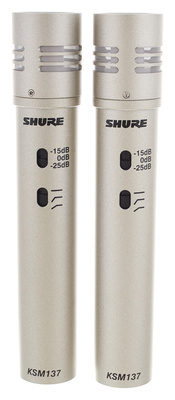

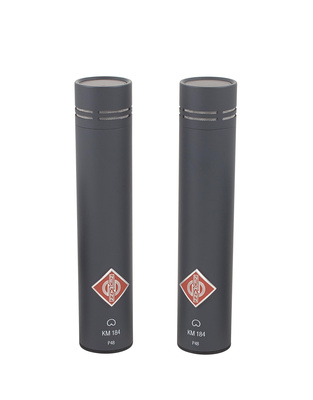
How To Record Acoustic Guitar: Omnidirectional vs Cardioid?
When recording a performance in a particularly pleasing acoustic space with a large natural ambience, adding a pair of omnidirectional mics can really bring the recording to life.

A closer cardioid mic will accentuate the intricate picking and fretboard sounds. Meanwhile, when you add an omni pair to the mix, you’ll give the listener a vivid picture of what it’s like in the studio live room, hall, or auditorium you used for the recording.
Multi-pattern large-diaphragm condensers have an omni mode, while small-diaphragm sets like the RODE NT55 include a set of omni caps for added versatility.

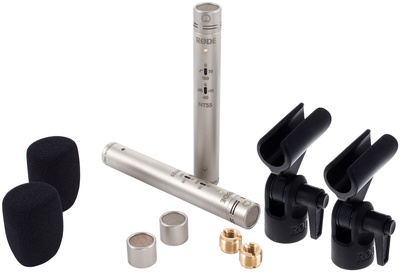



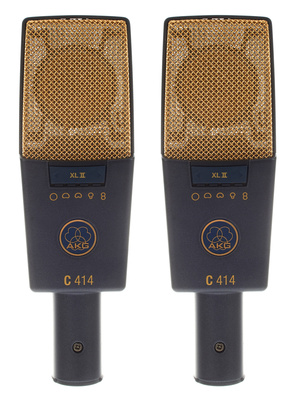
How To Record Acoustic Guitar: Production Tips
Acoustic guitar recordings can have an incredibly high dynamic range, as the soft and loud passages are often worlds apart in volume. So having a comfortable chair that doesn’t rock or creak when you shift your weight is ideal, and always be mindful of headphone spill.

Understanding where the instrument sits on the frequency spectrum is also an essential part of acoustic recording. Start by using the 100 Hz high-pass filter on the mics, then add EQ in the areas where necessary:
- 150-300 Hz: This will add weight to the overall sound, especially the lower register. However, only boost this region if you can hear a marked improvement in the tone.
- 300-600 Hz: Guitar too thin? Here is where you can give it more body.
- 600-800 Hz: A slight boost here will help the guitar cut through dense mixes.
- 1-3.5 kHz: This is where you can add detail and depth to intricate lead and finger-picking parts, but not rhythm parts.
- 3.5-12 kHz: Possibly the most important range for getting that glistening sound. Try breaking this range into 3.5-5k, 5-8k, and 8-12k according to the style of song and mix.
Furthermore, using a good compressor while tracking will make the overall performance sound more cohesive and complete. You’ll want to use one that is fast enough to catch the transients, so be careful to match it to the style of the piece you’re recording.

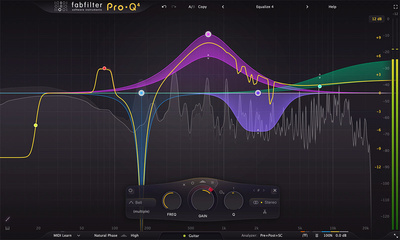
More about How To Record Acoustic Guitar:
- All about Recording
- More about Acoustic Guitar
*Note: This article contains promotional links that help us fund our site. Don’t worry: the price for you always stays the same! If you buy something through these links, we will receive a small commission. Thank you for your support!

 4,7 / 5,0 |
4,7 / 5,0 | 


